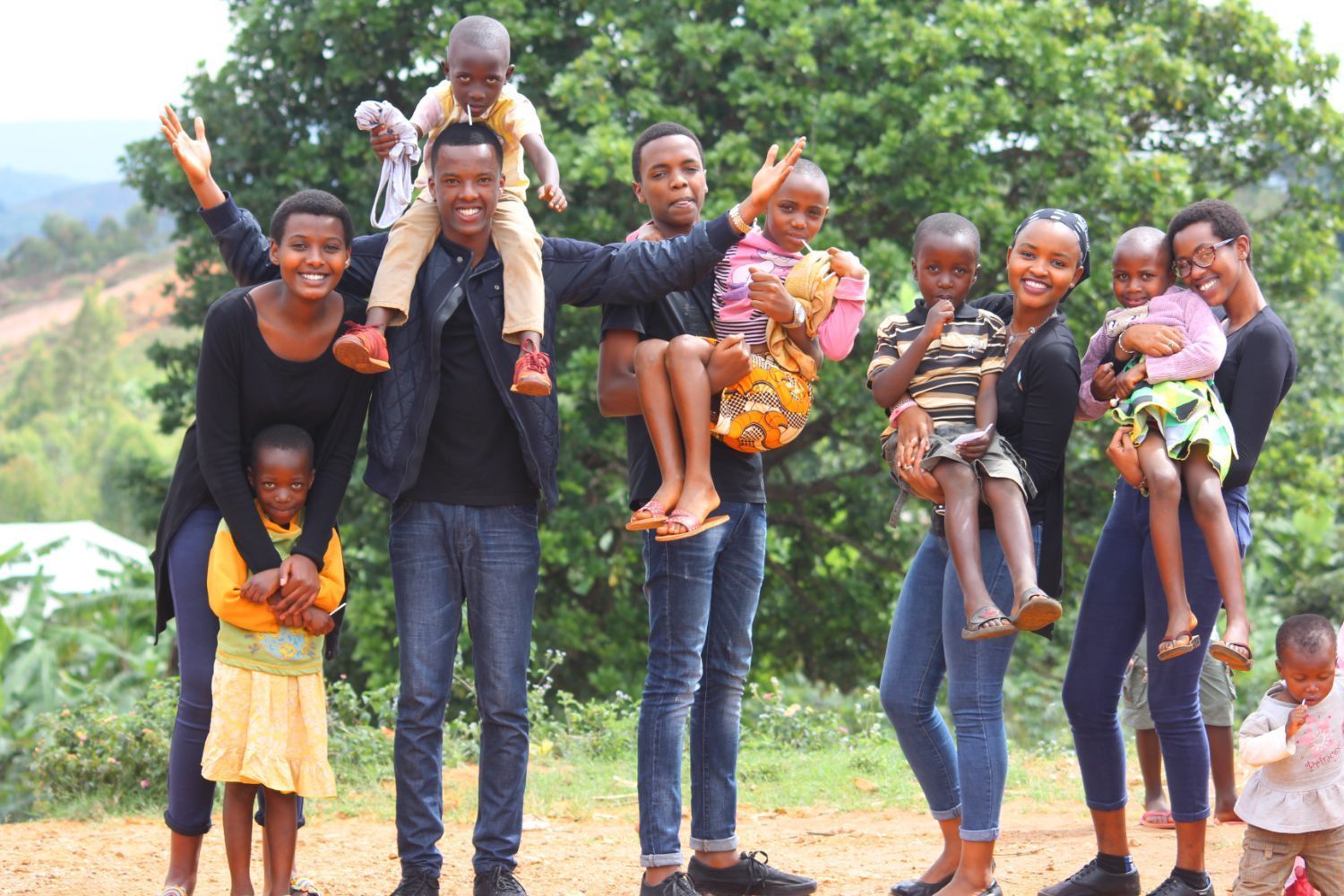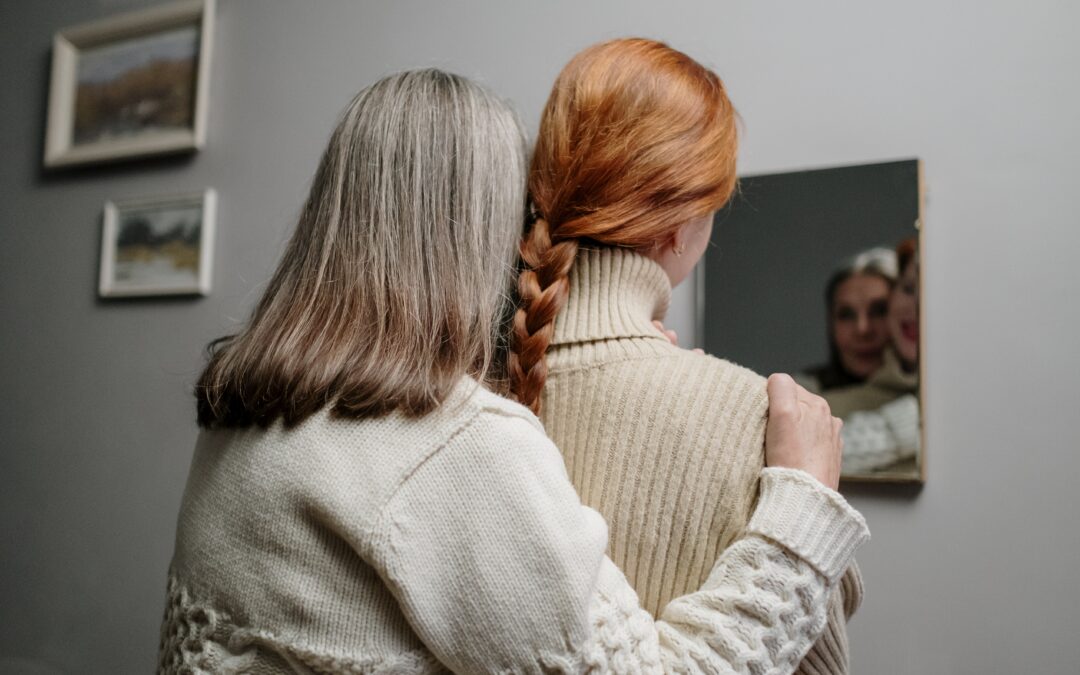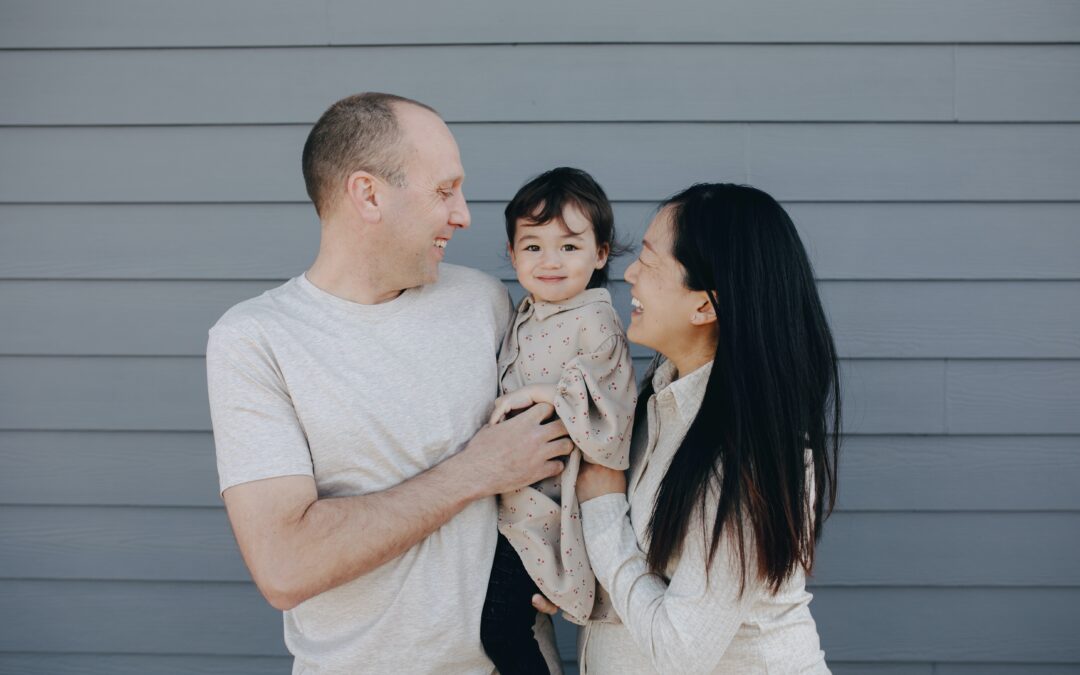These days we hear a lot about “care.” Childcare. Care infrastructure. Caring for our planet. Caring for the elderly. Mental healthcare. Self-care. The fact that we speak so endlessly and passionately about the need for more care, or preserving care, in our world tells us a lot about our society. We all want to care and be cared for, yet something about our culture makes us feel as though it’s lacking. Why – when so many are working overtime to care for each other, for their families and friends, considering policy questions and private programs – do we feel as though no one cares enough?
Care Can’t Be Legislated
Author of the blog Nuclear Meltdown Jim Dalrymple II recently observed that the response of media and experts to the formula shortage reveals our tendency to focus on policy solutions over practicalities when it comes to family and childcare. What is “reexamining the formula industry” and arguing about policy to a mother just hit with the reality that the store no longer carries formula for her tiny, helpless baby? And though it is worth hoping for broken monopolies and better policy, it seems more worthwhile to “rebuild the kind of village that most humans traditionally relied on when they lacked sustenance or support,” as Dalrymple suggests. The collective reaction of moms and non-moms alike to the formula shortage provides a look into the “village” type of care which takes responsive creativity. Our desire for a solid kind of community can look to this as a model – where care, trust, and interdependence are concrete realities rather than abstract ideas. While policy conversations are certainly important, they can never be relied upon as short-term solutions because the government cannot substitute for the immediacy and intimacy of real community.
Care Can’t Be Quantified
A recent Washington Post article, prompted by the question “why not breastfeed?” some mothers have received during the formula shortage (it’s not that simple), attempted to count the “cost” of breastfeeding. The author, collected data from tracking her own breastfeeding sessions for her baby’s first six months of life, calculated the cost of nursing as a $11,460 loss of income for a woman making a median salary. While a helpful illustration for those who don’t quite understand the laborious realities involved in breastfeeding, the issue with quantifying something like breastfeeding is that so often we are counting the cost to ourselves, rather than counting the the relationship, the benefits to the child and to society down the line. As Leah Libresco Sargeant puts it on her blog Other Feminisms, “this framework of cost-per-hour frames every human relationship as a loss of Time Spent Working” – not the sort of freely-given care we envision for ourselves as children, elders, or with illness. Caring for another person almost always comes at a cost to oneself, but it also builds that foundational “social capital” which allows us to feel at ease knowing others to be trustworthy, knowing ourselves as indebted to those around us and to those who created us. Part of how we come to know this indebtedness is through witnessing the love of our family.
Care Can’t Be Forced
It’s hard to build communities of care when having children and family life are viewed as a mere lifestyle choice rather than a great responsibility. Many people value their independence and the freedom to do what they want undisturbed. Family life flies in the face of these two values precisely because it presents countless opportunities to sacrifice time, resources, and energy. Though these sacrifices are hard, they teach us the meaning of care and a reverence for life at all stages. For parents, this is that care requires an act of will – for children, this begins as a source of comfort and security which will later serve as an example of how to care for others. Ultimately, having a family is more than a lifestyle choice. It’s a privilege which fosters an innate connection between family members and affects those beyond the family. Traditionally, extended families have lived near or with each other in community rather than far apart. Today’s families contend with the unusual circumstances of frequent moves, long commutes, and traveling across the country for the holidays. More people today live alone or with roommates than previous generations. Perhaps the reason why we’re desperate for care is because we’re desperate to care and be cared for in a way that only living near and with family can satisfy. It is high time, as Dalrymple suggests, to rebuild the village for the sake of the old, the young, and everyone in between.







